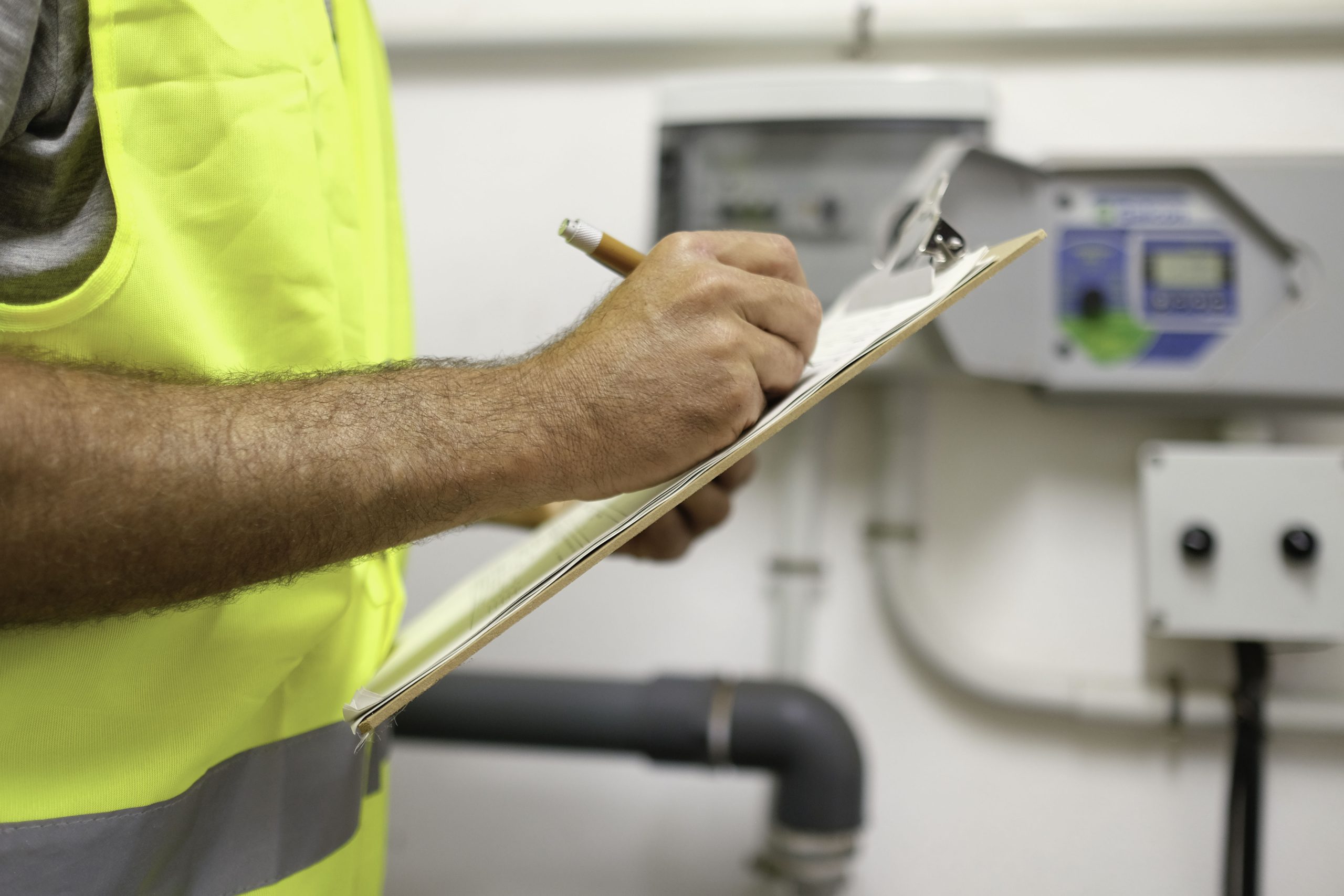Managing a facility can be overwhelming, especially if you’re new to the role. One of the biggest challenges is keeping things running smoothly without unnecessary downtime. This is where facility maintenance software becomes invaluable. It helps organize tasks, streamline communication, and ensure that everything is handled efficiently and promptly.
Facility maintenance software automates scheduling and tracking of maintenance tasks. This automation reduces the risk of missing important tasks and helps keep your facility in top condition. The software also consolidates all maintenance records in one place, making it easy to monitor past activities and plan future tasks. This organized approach minimizes errors and enhances overall efficiency.
Furthermore, the software ensures clear communication between team members. When everyone knows what needs to be done and when, tasks are completed faster, and operations run more smoothly. This clarity can significantly reduce downtime, saving your business both time and money. The benefits of facility maintenance software are clear, making it an essential tool for anyone tasked with managing a facility.
Understanding the Role of Maintenance Software in Facility Operations
Maintenance software plays a crucial role in managing the day-to-day tasks that keep a facility running smoothly. One core function of this software is to automate scheduling and tracking of maintenance activities. Instead of relying on manual records and reminders, the software ensures that all maintenance tasks are logged, scheduled, and tracked in one central system. This automation minimizes the risk of missing important tasks, leading to better upkeep of the facility.
Another significant aspect of maintenance software is its ability to consolidate maintenance records. All maintenance activities, from routine inspections to emergency repairs, are documented within the system. This centralization of records makes it easy to review past activities and identify recurring issues. Having a detailed maintenance history helps in planning future tasks and allows for predictive maintenance, reducing unexpected breakdowns.
The software also enhances team communication. Maintenance software often includes features like notifications and task assignments, which ensure that everyone involved knows what needs to be done and when. This streamlined communication helps in coordinating efforts, making sure that maintenance jobs are handled promptly and efficiently. Effective communication reduces delays and service interruptions, contributing to overall operational efficiency.
Preventing Operational Disruptions with Facility Maintenance Software
Operational disruptions can have severe impacts on productivity and profitability. Facility maintenance software acts as a preventive measure to avoid such disruptions. The software’s automated scheduling ensures that routine maintenance tasks are done on time, preventing minor issues from escalating into major problems.
Facility maintenance software also improves the speed of repair tasks. In the event of an equipment failure, the software helps allocate resources quickly, ensuring that repairs are initiated without delay. Swift response times minimize the duration of operational downtime, allowing business activities to continue smoothly.
The software provides real-time monitoring and alerts. This means that potential issues can be detected early, and immediate actions can be taken to address them. For instance, a sudden drop in a machine’s performance can trigger an alert, prompting an inspection before the machine fails completely. Early detection of issues helps in taking corrective actions before they cause significant disruptions.
In addition, facility maintenance software allows for better planning and resource management. By analyzing maintenance data, businesses can prepare for future needs, ensuring that they have the right tools and personnel available when needed. This proactive approach prevents last-minute scrambles and operational hiccups, maintaining the seamless flow of activities within the facility.
Key Features of Trillium’s Maintenance Software
Trillium’s maintenance software offers several key features designed to enhance your facility operations. One major feature is its intuitive user interface. The software is easy to navigate, even for those new to facility management. This simplicity reduces the learning curve, allowing your team to start using it effectively right away.
Another important feature is automated task scheduling. The software allows you to set up recurring maintenance tasks, ensuring that routine inspections and repairs are never missed. Automated reminders alert your team when it’s time to carry out specific tasks, keeping everything on schedule.
Trillium’s software also includes a comprehensive asset management system. You can track all of your facility’s equipment, record maintenance history, and monitor performance metrics. This ensures that all assets are appropriately maintained and helps in identifying when equipment might be nearing the end of its useful life.
Mobile access is another valuable feature. With Trillium’s mobile app, you can manage maintenance tasks on the go. Field staff can access the system in real-time, update task status, and receive notifications wherever they are. This connectivity ensures that maintenance staff are always in sync and can respond quickly to any issues.
Steps to Implementing Maintenance Software for Facility Operations
Implementing maintenance software in your facility operations can be straightforward if followed methodically. Here are the key steps:
- Assess Your Needs: Start by identifying what your facility requires from the maintenance software. Consider aspects like the number of assets, the frequency of maintenance tasks, and the size of your team. Understanding these details will help in selecting the right software features.
- Choose the Right Software: Select a maintenance software package that fits your needs. Ensure that it includes features like automated scheduling, asset management, and mobile access. Trillium’s maintenance software is a comprehensive choice that covers all these aspects.
- Train Your Team: Once you have selected the software, train your team on how to use it. Provide comprehensive training sessions and materials to help everyone become comfortable with the new system. This step is crucial for ensuring smooth adoption and utilization.
- Set Up the System: Configure the software by entering all the necessary data. Input your assets, schedule recurring tasks, and set up user accounts. This groundwork will pay off by making the software an integral part of your facility operations.
- Monitor and Adjust: After implementation, monitor how well the software is working in your facility operations. Collect feedback from your team and make any necessary adjustments. Fine-tuning the system will help in maximizing its benefits.
Conclusion
Facility maintenance software is essential for improving the efficiency and reliability of your operations. By automating scheduling, enhancing communication, and tracking maintenance activities, this software ensures that everything runs smoothly and without unnecessary downtime.
Trillium’s maintenance software offers all the features you need to streamline your facility operations. From automated scheduling and asset management to mobile access, it has everything to keep your facility in top shape. Implementing this software involves assessing your needs, choosing the right solution, training your team, and continuously monitoring its performance.
For more information on how Trillium’s maintenance software can improve your facility operations, and to explore our facility maintenance solutions, visit our website. Experience the ease and efficiency our solutions can bring to your operations. Make sure your facility runs like a well-oiled machine with Trillium’s top-notch maintenance software.









